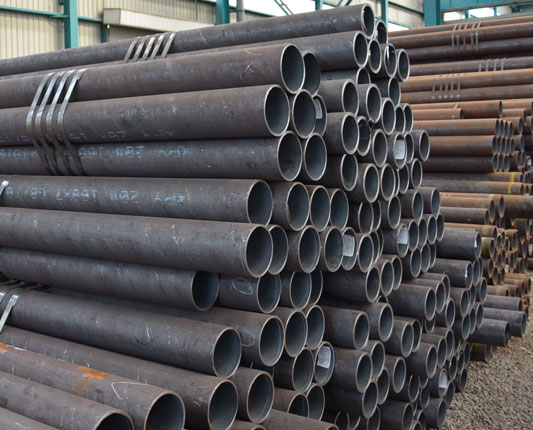Steel pipes are used in a wide range of applications, including construction, manufacturing, and transportation. However, like any material, steel pipes can experience quality problems that can impact their performance and durability. Here are some common quality problems of steel pipes:
- Corrosion: Corrosion is a common quality problem of steel pipes, particularly when they are exposed to moisture or chemicals. Corrosion can weaken the pipe and lead to leaks or failures.
- Cracks: Steel pipes can develop cracks due to a variety of factors, such as stress, fatigue, or manufacturing defects. Cracks can weaken the pipe and lead to leaks or failures.

- Deformation: Steel pipes can become deformed due to improper handling, transportation, or installation. Deformation can impact the performance and durability of the pipe.
- Inclusions: Inclusions are impurities in the steel that can impact its strength and durability. Inclusions can occur during the manufacturing process and can lead to defects in the pipe.
- Poor weld quality: Welding is often used to join steel pipes together. Poor weld quality can lead to defects in the pipe, such as cracks or leaks.

- Dimensional inaccuracies: Steel pipes can have dimensional inaccuracies, such as variations in diameter or thickness. These inaccuracies can impact the performance and durability of the pipe.
Overall, it is important to carefully inspect steel pipes for quality problems before and after installation. Regular maintenance and inspection can help identify and address any quality problems before they lead to failures or accidents.